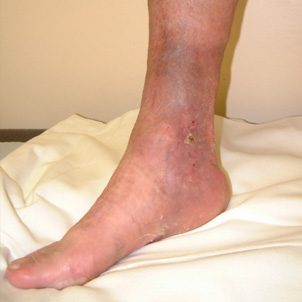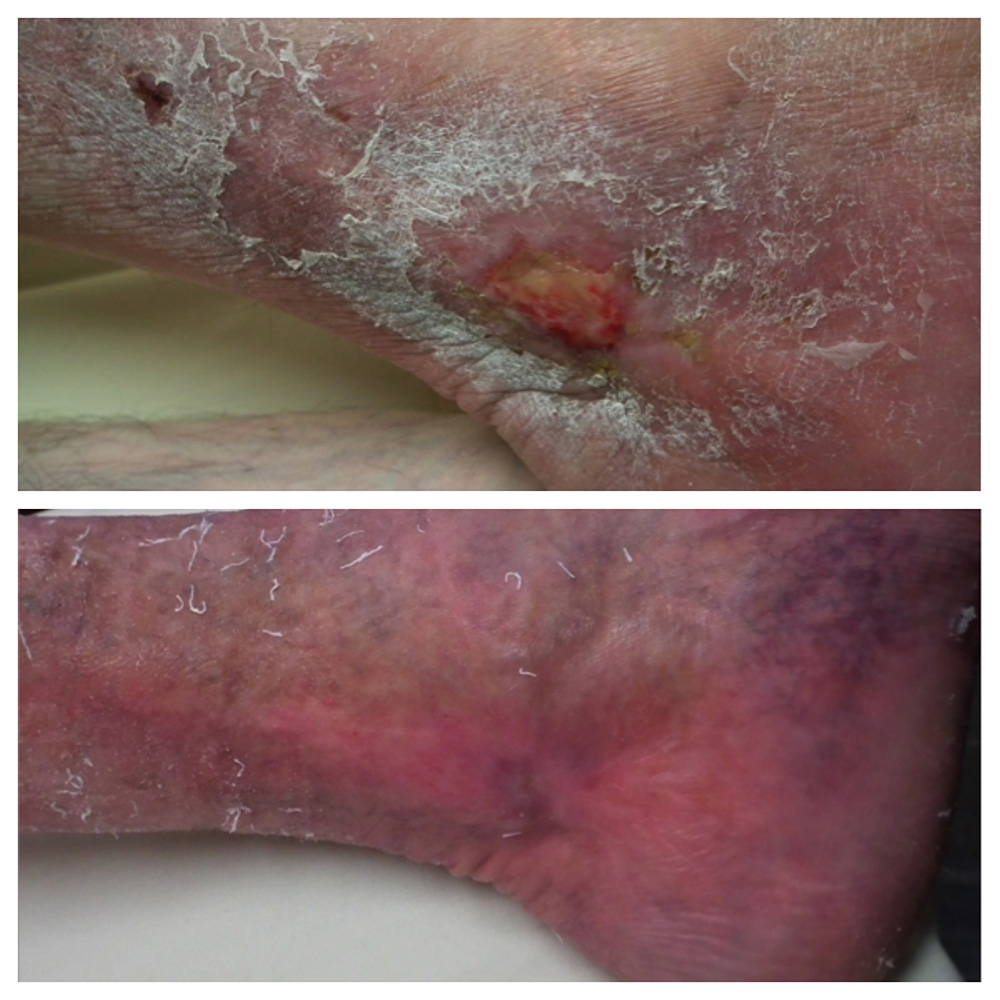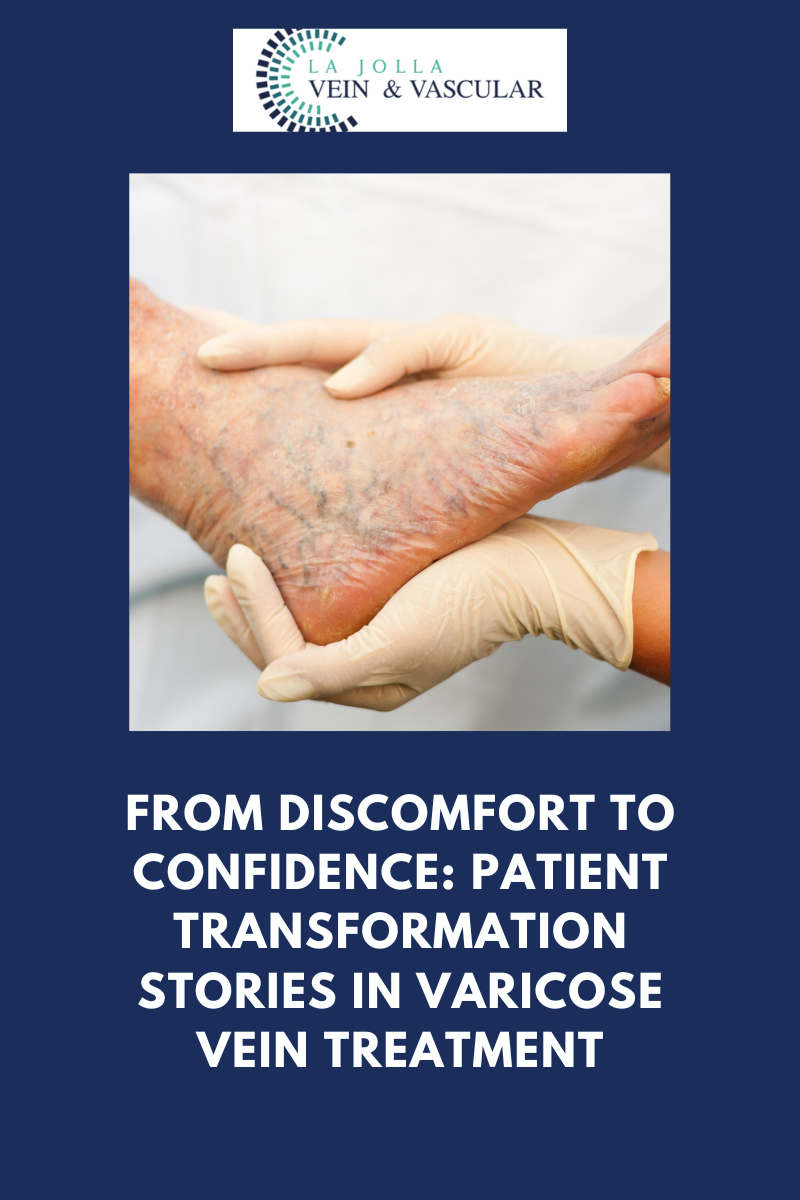Complications of Untreated Varicose Veins #4: Leg Ulceration

Venous leg ulcers make up 70% of all chronic leg wounds. They usually occur in the inner ankle or outer ankle locations.
A leg ulceration is the most severe form of chronic venous insufficiency. This is referred to as a ‘venous leg ulcer.’ Venous leg ulcers make up 70% of all chronic leg wounds. Therefore, a venous leg ulcer is much more common than a diabetic or arterial ulcer. It is caused by long-standing pressure within the leg veins, resulting from 1) venous reflux through faulty valves, 2) a blockage within the deep veins or 3) from the inability to use the calf muscles or a combination. Venous reflux is the most common cause of a venous leg ulcer. The increased pressure within the leg veins (we call this venous hypertension) causes an inflammatory response. Inflammation then causes changes in the skin, usually around the ankles (this is where pressure is the greatest). The inflammatory process will cause the skin around the ankles to become brown or discolored, and eventually, the skin will break open. The leg wound can be healed by treating the underlying vein condition. Venous leg ulcers can also be prevented by early intervention with non-invasive procedures. If you have signs of chronic venous insufficiency (such as skin discoloration around the ankles) you should address your underlying vein condition to prevent the skin from breaking open.






